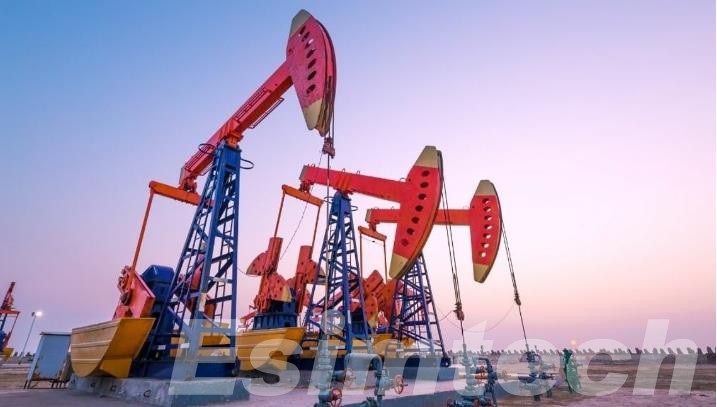Drilling engineering is a systematic project that requires the use of various equipment, tools, and materials to carry out joint operations of multiple specialties and trades. The operation procedures are numerous and closely connected, and the operation is continuous. The construction process is complex, and there are various technological methods. To understand drilling, it is necessary to first understand the drilling procedures involved. In fact, there are many procedures involved in drilling a well, and drilling workers need to follow strict operating procedures to complete each process. The drilling process of each well generally includes pre drilling operations, drilling operations, coring operations, cementing operations, and completion operations.

Pre drilling operations mainly include surveying, roads, well sites, relocation, water supply and power supply construction, among which relocation includes drilling rig relocation, drilling rig installation and commissioning.
After passing the pre drilling inspection, drilling operations can proceed. Firstly, start a drilling operation, which includes drilling (drilling is a general term for the first drill bit starting to drill after entering the conduit or each layer of casing, and is referred to as the first drilling, second drilling, and nth drilling in sequence). Completion of drilling is the end of the entire well drilling phase. Drill delivery refers to the process of continuously lowering the drill string and applying a certain amount of drilling pressure to the drill bit as the wellbore deepens during drilling.
This includes drilling, measurement while drilling, trajectory control, maintenance of the drilling fluid system, coring, mid-term testing, logging, handling of complex and accident situations, safety maintenance and handling of well control, key construction measures for different well sections, and initial cementing. After the completion of the first drilling operation and before the second drilling operation, acceptance is required. After passing the acceptance, the second drilling operation begins. The required number of drilling operations for oil and gas wells varies depending on the depth of the well and the complexity of the underground formation. However, the drilling process for the subsequent drilling operation is basically the same as a single drilling operation.
Coring is the process of using coring drill bits and tools to drill rock samples (cores) from the formation during drilling operations. The process mainly includes coring, core cutting, drilling, dismantling the core barrel, extracting the core, on-site analysis, core processing, and preservation of the core. By analyzing the extracted rock cores, relevant information such as lithology and physical properties of the rock layers can be obtained, further analyzing the reservoir characteristics and oil rig construction.
After completing a drilling operation, cementing work is required, which involves inserting a casing string into the wellbore according to design requirements and injecting cement slurry into the predetermined wellbore section formed by the casing string and the wellbore wall to reinforce the wellbore. The cementing operation generally includes: the first step is to run the casing, which has different sizes and steel grades. It is necessary to design the strength of the casing based on its purpose, predicted formation pressure, and depth of penetration, and determine the casing specifications. The second step is to inject cement slurry, which serves to seal the annular space between the casing and the wellbore, reinforce the wellbore, and isolate oil, gas, and water layers. The third step is casing pressure testing, which is an important component of checking the quality of cementing. Only when the cementing quality is qualified can we proceed to the next operation.
Completion is the final important step in oil rig construction, which mainly includes drilling the production layer, determining the completion method of the wellbore, cementing, installing wellbore and wellhead equipment, and conducting oil rig construction. The completion methods include early open hole completion, late open hole completion, perforation completion, tubeless completion, through hole completion, liner completion, screen tube completion, gravel packing completion, and casing free completion.
Elevate your team's expertise and operational readiness with cutting-edge Oil and Gas Simulation solutions from eSimTech. Our sophisticated Petroleum Simulators provide a risk-free, immersive environment for training personnel on complex reservoir dynamics, drilling operations, production optimization, and emergency response procedures. By accurately replicating real-world scenarios, eSimTech's simulators ensure your engineers, geoscientists, and field operators gain invaluable hands-on experience and critical decision-making skills. Invest in your most valuable asset – your people. Explore our comprehensive training simulators at https://www.esimtech.com/.
Comments on “Overview of Drilling Technology”